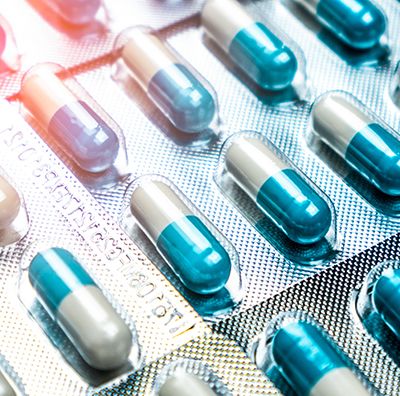




Hit your sustainability goals
Eastman understands many brand owners and manufacturers of renal devices are working toward sustainability goals — for the good of the environment, their brand reputation and their business success. Tritan copolyester is a material that can be molded into housing with a world of sustainability advantages:
- Toughness that enables thinner-walled housing designs
- Durability that allows for reduced packaging
- Free from BPA, halogens and ortho-phthalates
- Chlorine-free to minimize hazardous pollutants during incineration




